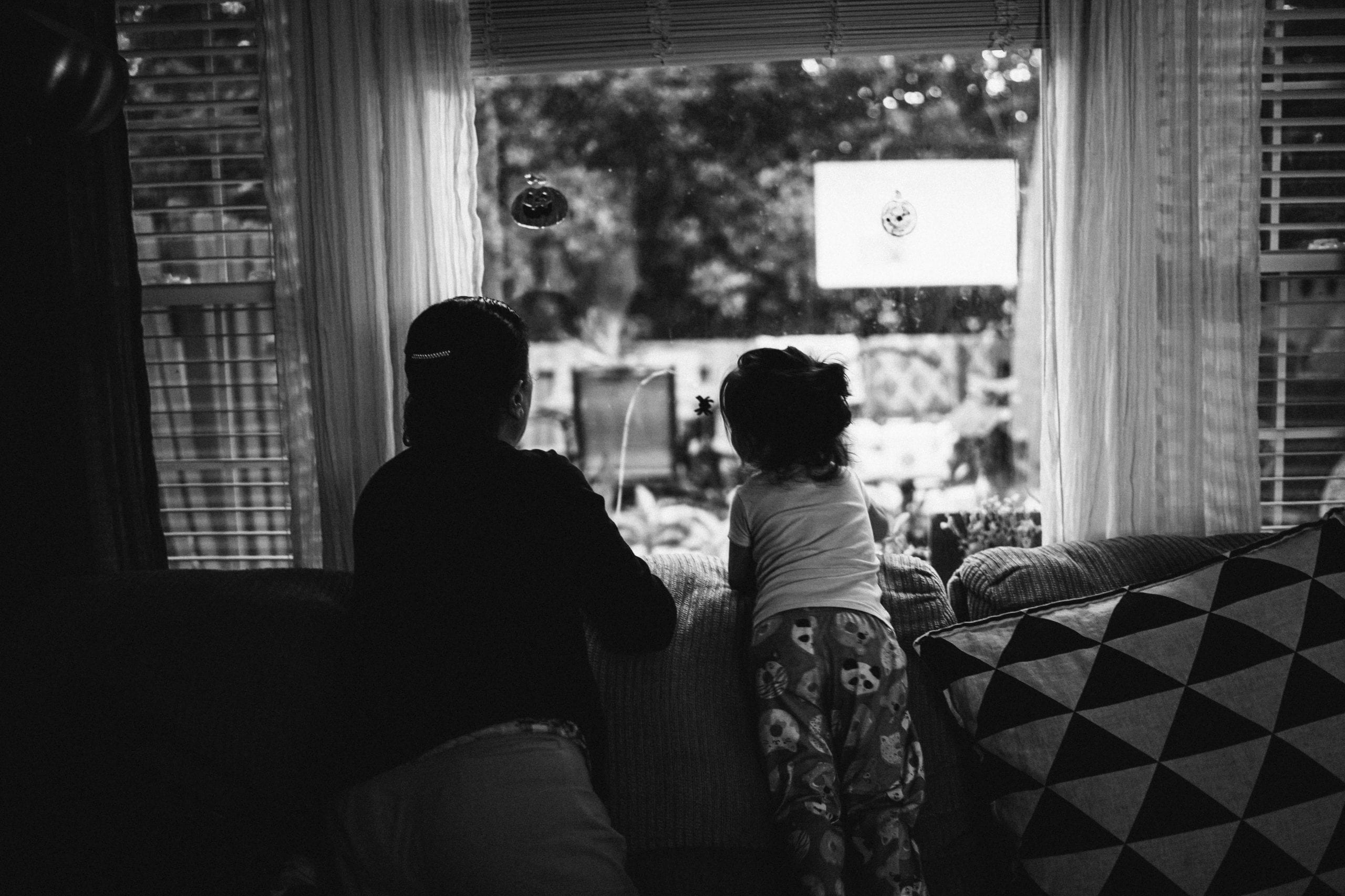Spurring conversations and pop culture memes, a recent opinion article by Olga Khazan in the New York Times asserts that “you can be a different person after the pandemic.” It’s an interesting piece that focuses on personality changes, but how can the sentiment be applied to personal health?
With forced changes involving masks, lockdowns, quarantine, and more, it’s unlikely that anyone has remained completely static. Having gone through a period that has (incessantly) been called unprecedented, uncertain, and trying, are you the same person with the same lifestyle and habits as before?
As explored by Khazan, something about the shock, unfamiliarity, and stillness of a global pandemic seemed to prompt a reevaluation and transformation of people’s lives, with Jamie Ducarme from Time calling it a “national existential crisis of sorts.”
And, as is the nature of existential crises, the kind of person that will emerge on the other side is hard to predict. Considering the lived reality of the pandemic, how COVID-19 has affected our personal health and lifestyles is as complicated as we would think.
The dark side of pandemic changes
Truthfully, it’s difficult to paint a harmonious picture of pandemic-induced changes. Looking at various research, we see the simultaneous existence of both positive and negative transformations.
On its own, the onset of a global health crisis has clear tragic implications, with COVID-19 deaths totaling more than 570,000 in the United States alone, as of this writing.
On a wider scale, what was also impactful about the pandemic was the disruption of daily life as we knew it. Findings from a Pew Research Center survey showed that about a third of Americans (32%) saw these disruptions in a negative light.
Certainly, sudden and drastic changes to one’s daily routine are bound to have detrimental effects. As the adage goes, humans tend to be creatures of habit, and the dramatic disruptions that the pandemic brought on have been disorienting for many.
One clear, negative effect has been the impact of the pandemic on mental health, such as in inducing stress, anxiety, depression, and loneliness or isolation. According to a Cleveland Clinic and Parade survey, “55% reported experiencing mental health issues since the onset of the pandemic,” with those in the 18-to-34-year-old range being hit the hardest (74%).
Looking into the link between the pandemic and mental health, a study among young adults found that the disruption of lifestyle habits—not the effects of the virus itself—was the strongest predictor of depression during this time.
While there was no association between ”depression and locations with higher COVID-19 cases or deaths,” there did emerge a stronger relationship between the “maintenance of lifestyle habits and mental health,” a link that had been insignificant before the pandemic.
Additionally, in a vicious cycle, disrupted routines and poor mental health have also been shown to lead to additional unhealthy behaviors. For some, this might be something as simple as increased snacking on junk foods. For others, the pandemic has emphasized the cost of healthy meals, widening “the nutritional disparities between wealthier and working-class Americans.”
One study found that “psychological distress, stress management, financial difficulties, and abrupt schedule changes may have contributed to disordered eating during the COVID‐19 pandemic.” These behaviors range from “mindless eating and snacking” to “pandemic-related reductions in dietary intake,” but researchers have expressed the most concern over the slight re-emergence of eating disorders, “which kill roughly 10,200 people every year—about one person every 52 minutes.”
As disruptions induced by the pandemic persist, so does the risk of increased mental health and nutritional concerns on a widespread level.
Silver linings among dark clouds
Still, while it would be easy to depict a global health crisis as all-bad, this world is rarely black and white. The reality is, the pandemic has sparked some positive changes in people’s personal health and lifestyles. Though generally not enough to surpass the negatives, about a quarter (26%) of Americans expressed an improvement in their daily life from the pandemic disruptions, and a small 14% mentioned that their physical or mental health improved during this time.
Despite the low levels of self-reported health, the onset of COVID-19 did have the positive effect of putting personal health—both physical and mental—at the forefront of consciousness. A majority (68%) of Cleveland Clinic & Parade survey respondents confessed that the pandemic made them pay more attention to health risks, with “stress, anxiety, depression and mental health” getting the most awareness. So, the widespread deterioration of mental health accelerated the much-needed breaking down of social stigma and expansion of mental healthcare. This change can particularly be seen in the impact it’s had in telehealth: 54% of those seeking virtual care were actually “looking for psychiatric services rather than physical health treatment” and therapy apps like Ginger saw astonishing growth rates ranging from 150% to 300%.
The widespread deterioration of mental health accelerated the much-needed breaking down of social stigma and expansion of mental healthcare.
In terms of physical health, heightened awareness for health and general disruptions caused by the pandemic has pushed many toward implementing positive lifestyle habits, whether it’s spending more time outdoors, increasing their regular exercise, or moving toward healthier diets. And with countless numbers realizing the effectiveness of masks to fend off common colds, we may very well see the continued use of the preventative tool even in post-pandemic days.
As the day where COVID-19 is behind us edges closer, there is also the hope that any improvements made during these “unprecedented times” can be preserved.
Pandemic changes in a post-COVID world
With more and more people becoming vaccinated each day, it’s hard not to think about who we will be in a post-pandemic world. What will become of all those lifestyle changes—both the good and the bad—that have occurred? Again, the answer is complicated. It will certainly depend on individual choices, but there are also environmental considerations that may play a role.
In contrast to the onset of the virus, our transition out of the pandemic will likely be slow, gradual, and void of the world-shaking disruptions that we saw in early 2020, as described by Olympia psychologist Dr. Matt Goldenburg. Considering that various health complications during COVID were triggered by unanticipated changes, this steady transition may actually prove to be beneficial, especially as people start to express anxiety over the realities of post-pandemic life.
As Alia E. Dastagir puts it, “Adjusting to the pandemic was painful. Adjusting to a post-pandemic world, even if we’ve long coveted it, will be uncomfortable.” But the ability to take small steps rather than being pushed into the future can be encouraging for many of us making this transition, with the slow pace aiding the maintenance of lifestyle habits.
And while research shows the possible emergence of mental health conditions like agoraphobia, the heightened awareness of personal health and trend toward seeking treatment offers a beacon of light amidst future concerns.
At the end of the day, though, any improvements in personal health will also require the breakdown of structural barriers that block people from healthier lifestyles and getting the care they need. More powerful than these pandemic changes will be the health and healthcare advances that we—both as individuals and as a society—choose to initiate in the years to come.
___
Photos by Muath Alsaeed and Brittani Burns




Ask for help.
We are kind, thorough and ready when you are. You just need to ask.